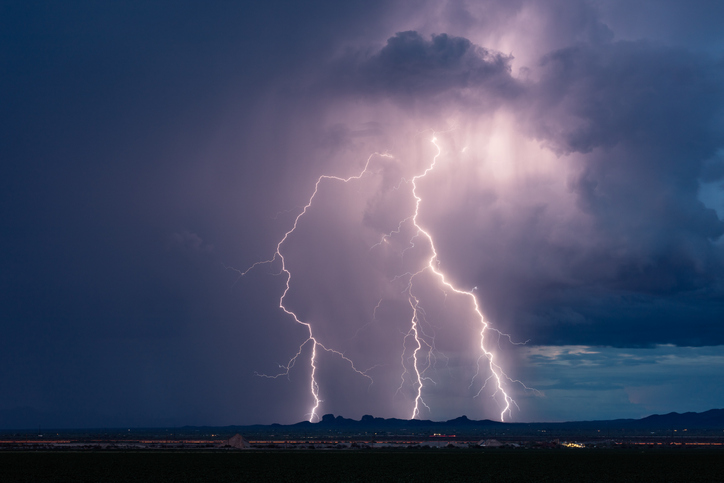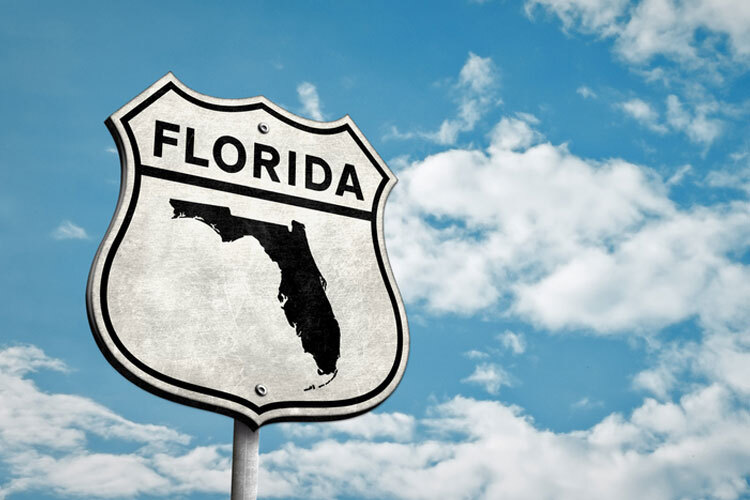“Seuring the Future: The Critical Role of Estate Planning in the Face of Severe Weather Events
Safety Info March 15, 2024 0 COMMENTS
Large hailstones, comparable in size to baseballs, significantly impacted regions of Kansas and Missouri during a powerful thunderstorm. This unusual weather event caused considerable disruption, notably halting traffic on Interstate Highway 70 as drivers sought refuge under bridges.
Meteorologists advised the public to remain indoors due to the storms, which also spawned several tornadoes in northeast Kansas. The National Weather Service of Kansas City emphasized the importance of moving away from windows and seeking shelter within buildings, highlighting the severity of the situation.
In some areas, hailstones reached up to 4 inches in diameter. Thankfully, there were no reported injuries. The National Weather Service announced plans to conduct assessments in Kansas to evaluate the extent of tornado damage.
Looking ahead, forecasts indicate a period of calmer weather for Kansas. However, the potential for severe storms persists in parts of Oklahoma, Arkansas, and northeast Texas. Central Missouri may also see a resurgence of thunderstorm activity.
The National Weather Service has highlighted the possibility of hail, occasional tornadoes, and damaging gusts accompanying the more intense thunderstorms. The term “gorilla hail,” coined by storm-chaser and meteorologist Reed Timmer, refers to exceptionally large hailstones that pose a significant threat of damage and injury. According to Alex Sosnowski, a senior meteorologist at AccuWeather, hailstones of such magnitude can cause extensive damage and even be life-threatening if they strike an individual.
Storms of this magnitude are particularly dangerous due to their multifaceted nature, encompassing not just large hail but also the potential for tornadoes and severe wind gusts. Hailstones, especially when reaching sizes comparable to baseballs or even larger, can cause significant damage to vehicles, buildings, and crops. The impact of such hail can shatter windows, dent cars, and devastate agricultural fields, leading to substantial economic losses.
Moreover, the high winds associated with these storms can topple trees, damage power lines, and disrupt essential services, creating hazardous conditions for residents. The possibility of tornadoes adds another layer of risk, as these powerful vortexes can destroy structures, lift vehicles, and pose a direct threat to life and property. Tornadoes often strike with little warning, leaving limited time for people to seek shelter.
The combination of hail, high winds, and tornadoes can also result in widespread power outages, leaving communities without access to communication, heating or cooling, and sometimes clean water. This disruption can take days, or even weeks, to fully address, during which time affected individuals and families face significant challenges.
Additionally, the psychological impact on those who experience such severe weather events should not be underestimated. The fear and anxiety caused by the threat of imminent danger, along with the aftermath of cleaning up and rebuilding, can have lasting effects on the mental health and well-being of those involved.
In summary, the danger of storms like these lies not only in their immediate physical impacts but also in their broader consequences for communities and individuals, highlighting the importance of preparedness, timely warnings, and resilience in the face of natural disasters.
In light of the destructive potential of severe storms, estate planning emerges as a crucial consideration for safeguarding one’s assets and ensuring the well-being of loved ones. Such natural disasters underscore the unpredictability of life and the importance of being prepared for any eventuality. Estate planning provides a structured way to organize, protect, and transfer assets, minimizing the chaos and uncertainty that can follow unexpected events.
Firstly, having a comprehensive estate plan in place ensures that your assets are distributed according to your wishes, which is particularly important in the aftermath of a disaster when the legal system may be overwhelmed or delayed. It also allows for the designation of guardians for minor children, a critical decision that should not be left to the courts in times of crisis.
Moreover, estate planning includes the creation of durable powers of attorney and healthcare directives, which empower trusted individuals to make financial and medical decisions on your behalf should you become incapacitated. This foresight is invaluable during emergencies when quick decisions might be needed amidst the chaos.
Additionally, insurance is a key component of estate planning that provides financial protection against the damages caused by storms. Adequate coverage ensures that resources are available for recovery and rebuilding, mitigating the financial impact on your estate and beneficiaries.
Lastly, estate planning facilitates, such as an Overland Park Estate Planning Attorney, can help with the efficient management of your affairs, reducing the burden on your loved ones during a time of grief. It offers peace of mind, knowing that despite the unforeseeable nature of disasters, measures are in place to protect your legacy and support your family.
In essence, the importance of estate planning is magnified in the context of dangerous storms, serving as a critical tool for risk management and emotional assurance amidst the inherent uncertainties of life.
RELATED ARTICLES
Recent Posts
- Major Theft Ring Busted: Over $200,000 in Stolen Lego Sets Recovered in Eugene, Oregon
- Judge Denies Texas’ Bid to Shut Down Migrant Shelter Network in El Paso
- Single Mother in Memphis Seeks Help for Troubled Son Amid Rising Concerns
- California’s Proposition 47 Reform Sparks Intense Political Debate Over Public Safety
- U.S. Man’s Social Security Benefits Denied Over Citizenship Confusion
Categories
Our Supporters
Gold Supporters
Christopher Simon – Atlanta Truck Accident Lawyer
Skiver Law Firm – Phoenix Truck Accident Lawyer
Winer, Burritt & Scott, LLP – Los Angeles Clergy Abuse Law Firm
Michael E. Fenimore P.A. – Pensacola Car Accident Lawyer
Pillsbury & Coleman, LLP – San Mateo Long Term Disability Lawyer
The Law Office of Randall J. Wolfe, P.C. – Oregon City Personal Injury Lawyer
Davies Hothem Injury Law – Buford, GA Car Accident Attorney
Houston Federal Criminal Defense Attorney
Darrow Law Firm – Houston Federal Crime Lawyer
Kansas City Personal Injury Lawyer
Atlanta Truck Accident Attorney
Aitken *Aitken* Cohn Trial Lawyers – Santa Ana Personal Injury Attorneys
Dawson Law Group- Portland Personal Injury Attorneys
CT Mediation Center- New Haven Family Law Attorney
Little Rock Personal Injury Lawyer
Katy Car Accident Lawyer
Franklin Divorce Attorney
Palermo Law- Long Island Personal Injury Lawyer
Dan Rose – San Francisco Car Accident Attorney
Taylor Siemens – Liberty, MO Personal Injury Attorneys
Pfeifer Law Firm – Little Rock Car Accident Lawyer
Walkup, Melodia, Kelly & Schoenberger – San Jose Car Accident Attorney
Solomon, Dwiggins, Freer & Steadman – Las Vegas Business Litigation Lawyer
Roane Law – Asheboro NC Car Accident Lawyer
Dorsch Law Firm – Overland Park Estate Planning Attorney
The Tennessee Sledgehammer – Hermitage, TN Car Accident Lawyer
Cook Law Group – Gainesville, GA Car Accident Lawyer
Simon Bridgers Spires – Atlanta Personal Injury Lawyer
Injury Law Associates – Kansas City Motorcycle Accident Lawyer
Potts & Potts – Honolulu Personal Injury Attorney
